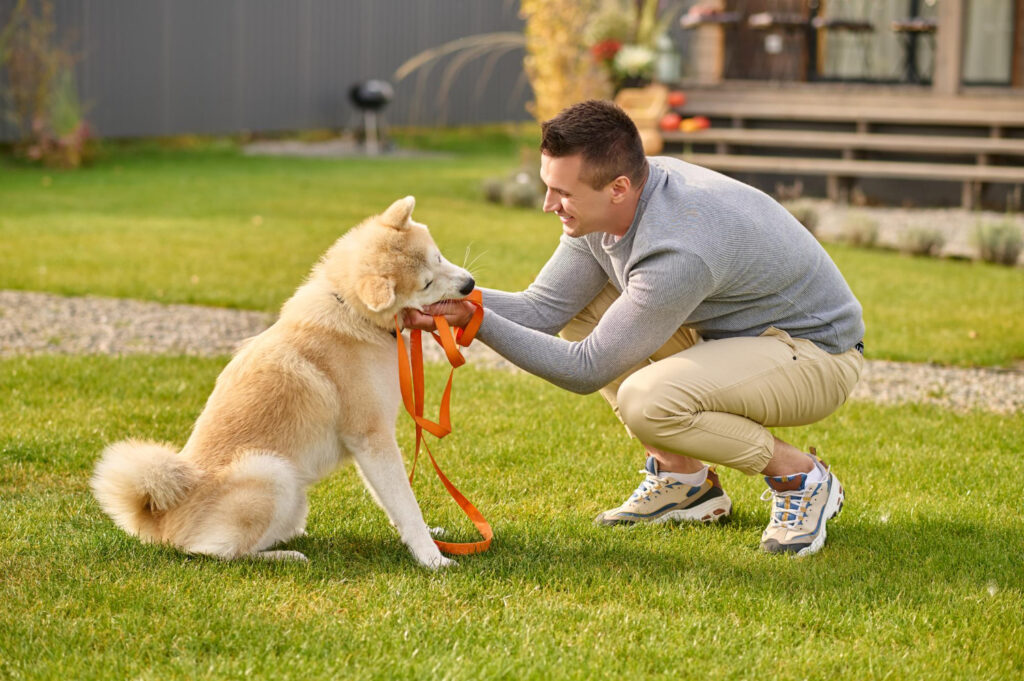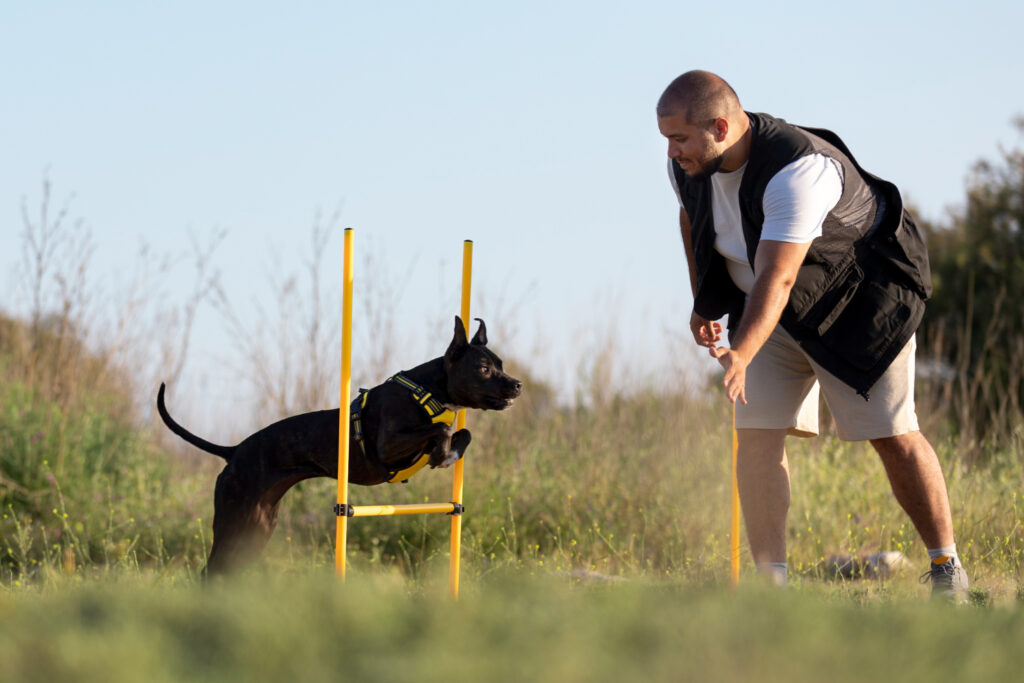If you’re a proud dog owner looking to enhance your furry friend’s obedience skills, this article will provide you with valuable insights. Dog training can make a world of difference in your canine companion’s behavior and overall well-being. However, before embarking on this journey, it’s essential to understand the average cost of dog training and explore the different types available. So let’s dive right in!
The average cost of dog training
When it comes to the average cost of dog training, it can vary depending on several factors. The location plays a significant role in determining prices. Urban areas typically have higher rates compared to rural areas due to differences in living expenses and demand.
Additionally, the type of training you choose for your furry friend will also impact the cost. Basic obedience classes are generally more affordable, ranging from $50 to $150 per session or group class. These classes focus on teaching fundamental commands such as sit, stay, and come.
On the other hand, if you’re looking for specialized training like behavior modification or aggression management, expect to pay more. This kind of intensive training often involves one-on-one sessions with a professional trainer and can range anywhere from $100 to $300 per hour.
Another factor influencing cost is whether you opt for private lessons or group classes. Group classes tend to be cheaper since multiple dogs are being trained simultaneously while private lessons provide individual attention but at a higher price point.
Keep in mind that some trainers offer package deals which can help lower overall costs if you commit to multiple sessions upfront.
Remember that these numbers are just averages and can vary widely based on your specific location and trainer qualifications. It’s always best to research local options and compare prices before making a decision that suits both your budget and your dog’s needs!
The different types of dog training
When it comes to dog training, there are several different methods and approaches that trainers may use. Each type of training has its own unique benefits and considerations, so it’s important to understand the options available before making a decision.
1. Positive Reinforcement Training: This method focuses on rewarding desired behaviors rather than punishing unwanted behaviors. Trainers will use treats, praise, and other rewards to reinforce good behavior and encourage dogs to repeat those actions.
2. Clicker Training: Clicker training is a form of positive reinforcement where a clicker device is used to mark desired behaviors. Dogs quickly learn to associate the sound of the click with receiving a reward, allowing for precise timing during training sessions.
3. Obedience Training: Obedience training teaches dogs basic commands such as sit, stay, down, and come. This type of training helps establish clear communication between you and your furry friend while promoting good manners.
4. Behavioral Modification: This type of training focuses on addressing specific behavioral issues like aggression or separation anxiety. Trainers will work closely with both you and your dog to identify triggers and develop strategies for managing or modifying problem behaviors.
5. Group Classes vs Private Sessions: Dog trainers may offer group classes where multiple owners bring their dogs together for instruction or private sessions tailored specifically to your dog’s needs in one-on-one settings.
Remember that not all types of training may be suitable for every dog or situation! It’s essential to consider factors such as your pet’s age, breed, temperament, and learning style when choosing the right approach for them.
How to choose a dog trainer
Choosing the right dog trainer is crucial for your pet’s success in their training journey.
Here are some tips to help you make an informed decision:

1. Research and compare: Take the time to research different trainers and their methodologies. Look for reviews or recommendations from other dog owners who have used their services.
2. Visit a class: Many professional trainers offer group classes where you can observe their training techniques firsthand. This will give you a better idea of how they interact with dogs and if their methods align with your expectations.
3. Ask about credentials: Find out if the trainer has any certifications or accreditations from reputable organizations such as the Certification Council for Professional Dog Trainers (CCPDT). These credentials demonstrate a commitment to ongoing education and ethical practices.
4. Evaluate communication skills: A good trainer should be able to effectively communicate with both dogs and owners alike. They should be patient, knowledgeable, and able to explain concepts in a way that is easy for you to understand.
5. Consider specialization: Some trainers may specialize in specific areas such as obedience training, behavior modification, or agility training. Assess your dog’s needs and choose a trainer who specializes in addressing those particular issues.
6. Trust your instincts: Trust your gut feeling when choosing a dog trainer. If something doesn’t feel right or if you don’t connect well with them during initial interactions, it may be best to keep looking until you find someone who feels like the right fit for you and your furry companion.
Remember that while cost is an important factor when considering dog training options, it shouldn’t be the sole determining factor in making your decision. Investing in proper training can lead to lifelong benefits for both you and your beloved pet.
So take the time to do thorough research, visit classes, ask questions, evaluate credentials, consider specialization, and trust your instincts – all these steps will ensure that you find a qualified professional who will provide effective guidance and support in training your dog.
The even more numbers you match, the higher your payment will certainly
You’ll probably end up playing a lightning roulette forum game of hot potato or any other time-wasting, dull game.
be.

